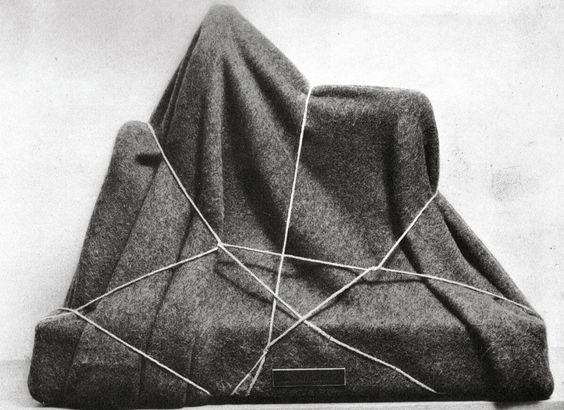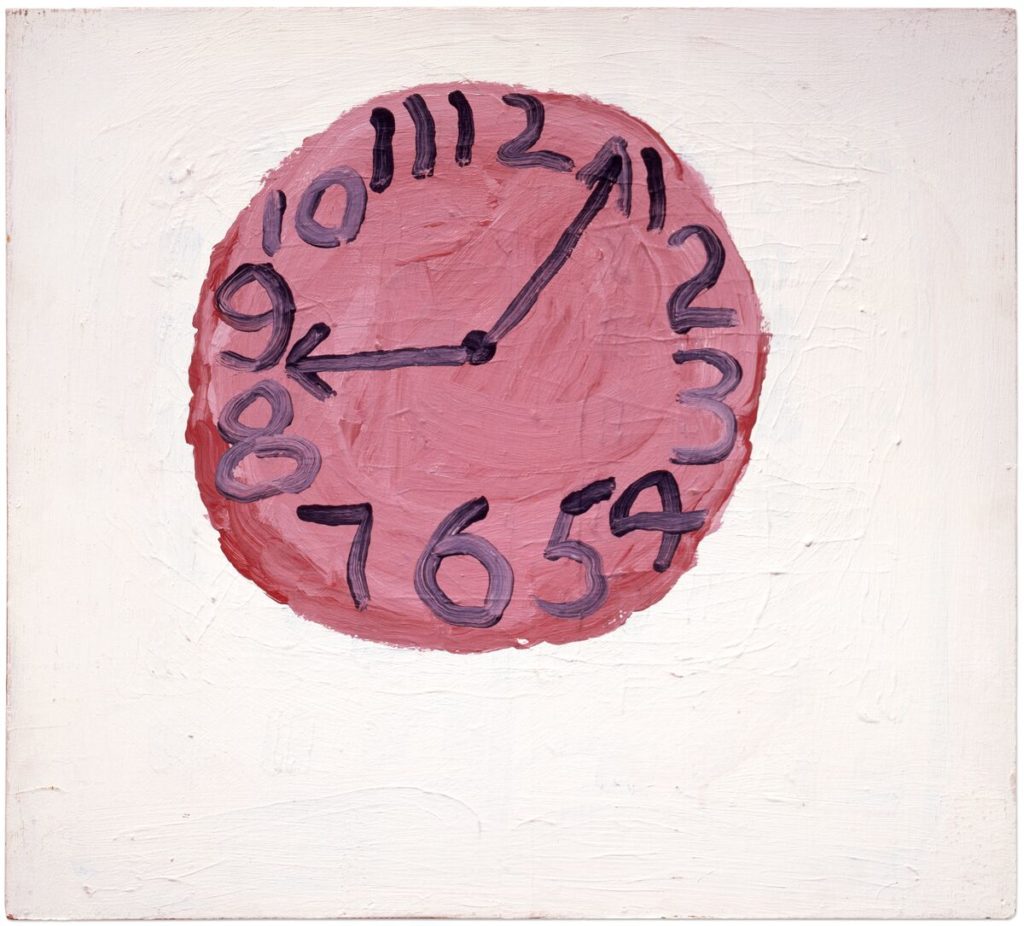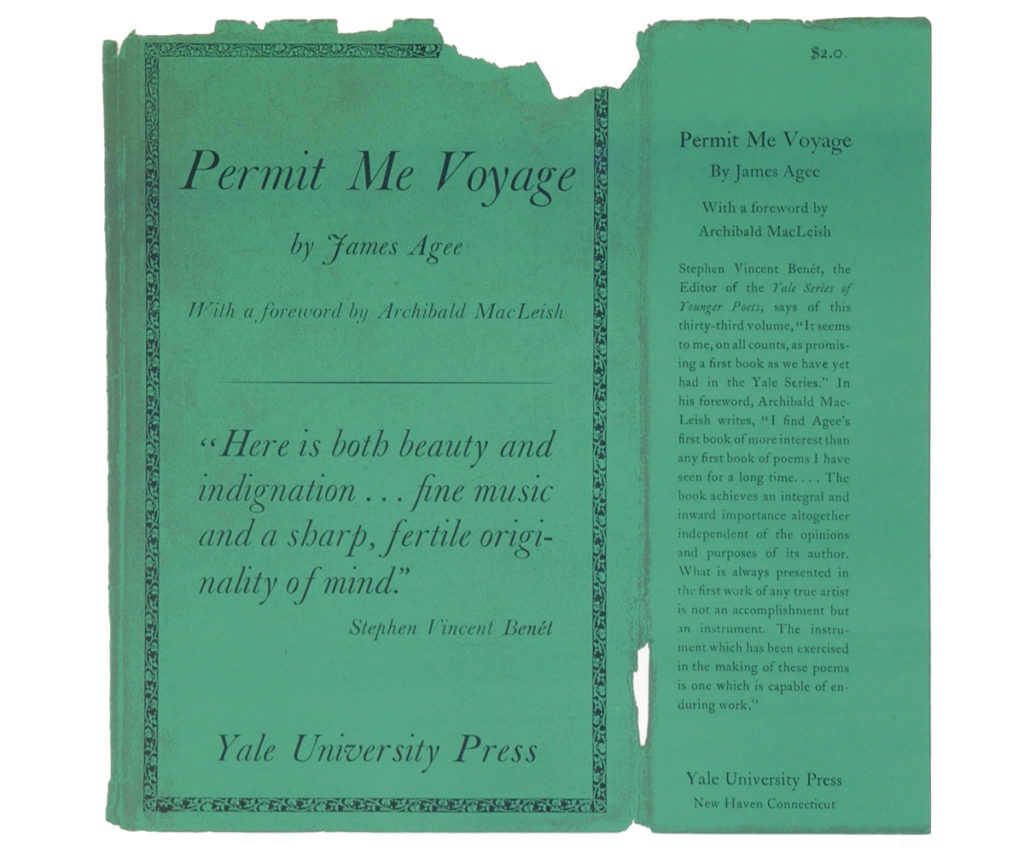마음 속 낡고 더러운 고물상 안에서
In the Foul Rag and Bone Shop of the Heart
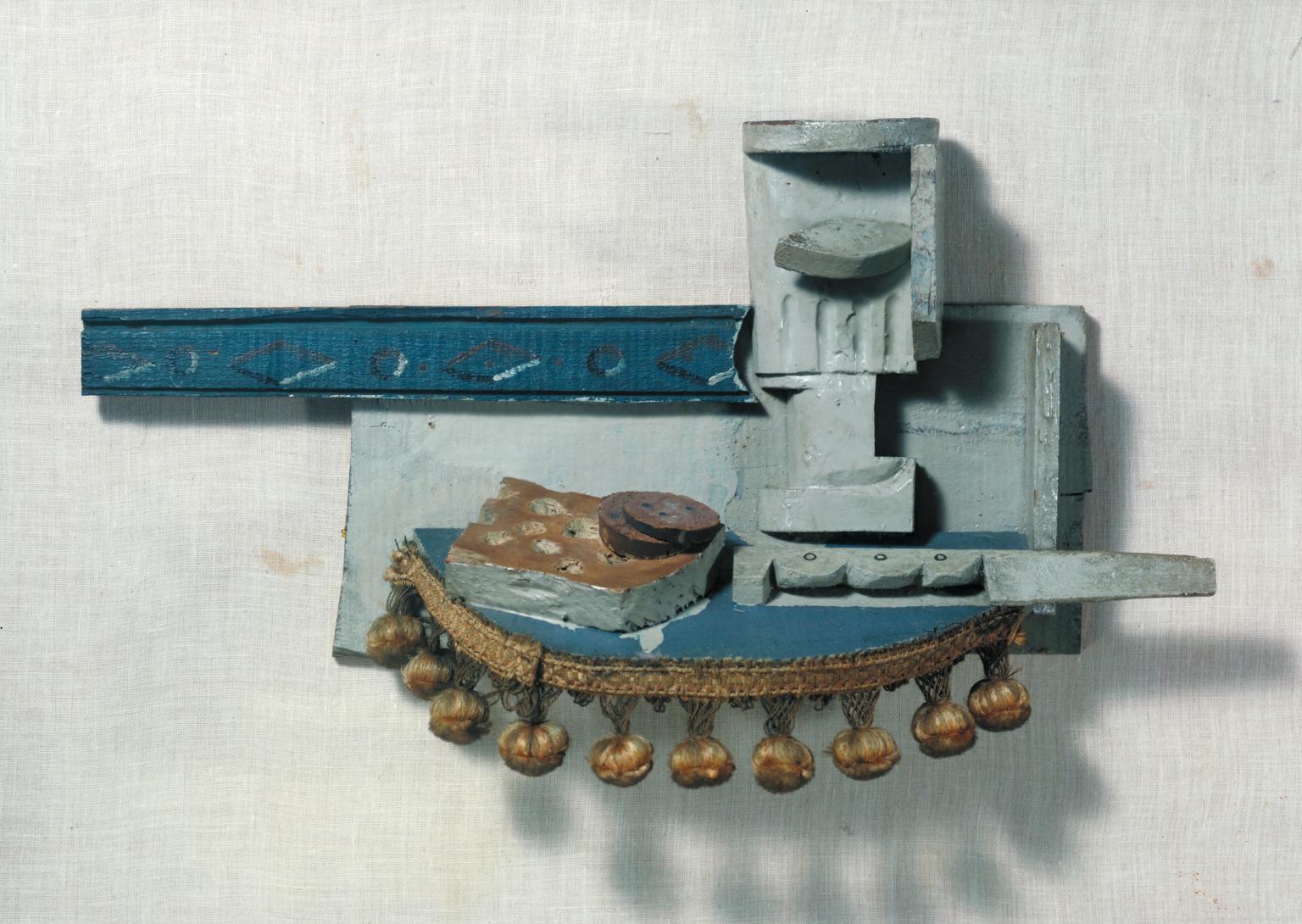
Text by 박상미 Mimi Park
Translation by 송효정 Irene Song
2020년 3월 코로나 팬데믹으로 모든 것이 정지하기 전, 나는 뉴욕에서 커트 슈비터즈에 관한 글을 쓰고 있었다. 당시 <클럼지: 예술과 공예에서 기교를 내려놓는 기술에 관하여>라는 책을 구상 중이었고, 관련 자료들을 모으고 노트하며 글들을 시작하는 중이었다. 커트 슈비터즈는 클럼지 책에 쓰려했던 작가이고, 또 그해 4월 뉴욕 전시를 계획하고 있던 작가, 그렉 콜슨의 작업과도 연관이 깊었다. 실제로 슈비터즈는 나의 오래된 아티스트 중 한 명이라 할 수 있다. 언제나 기억은 하고 있었지만, 그에 관한 글을 쓴 적은 없었다. 무슨 말인지 알 수 없는, 내지르는 소리 뿐인 그의 사운드 시, Ursonate를 아이튠즈에서 다운 받아 들으며, 그의 장난기 가득한 사진을 찾아보며, 그의 세계로 진입 중이었다. 그리고 모든 게 엉망이 되었다.
1년 반이 흐른 지난 8월, 필라델피아 미술관에 갔더니 슈비터즈의 작품 <메르쯔 구성Merz Construction>이 걸려있었다. 그는 다다에 직접 합류하지는 않았지만 본질적으로 다다 아티스트였고, 그들과 어울렸다. 1914년 1차 대전이 터졌고, 17년 그는 징집되었다. 신인상주의 풍의 그림을 그리던 그는 전쟁을 직접 겪으며, 작업의 큰 변화를 겪었다. 1918년에 그는 이렇게 말했다. “전쟁 중 모든 것이 엉망이었다. 내가 학교에서 배운 것은 아무 소용이 없었고, 새로운 세상에 걸맞는 새로운 개념은 아직 준비되지 않았다…. 모든 것이 부서지고, 파편들로부터 새로운 것을 만들어야 했다. 그것이 메르쯔이다. 이는 마치 내 안의 혁명과도 같은 것이었다.”
메르쯔는 다다처럼 별 의미가 없는 단어이다. 독일어 단어인 Kommerz (상업이라는 의미의)의 일부(파편)로 마음이나 Herz(heart) 장난 Scherz(prank) 같은 단어와도 소리가 흡사하다. 메르쯔는 슈비터즈의 개인적 다다였다. 발견한 오브제, 파편, 고물 등을 이용해 꼴라쥬와 아상블라쥬를 만들고, 나중에는 집까지 지었다. 전쟁에서 겪은 혼란과 파괴, 파편을 소재로 혁신적인 작품들을 만들어낸 것이다. 전쟁이 남긴 폐허가 또 하나의 시작을 의미할 수 있다면, 슈비터스는 전쟁이 인류에게 선사할 수 있는 메타포 자체를 작품의 주제로 삼은 거나 마찬가지다.
나는 이 도시의 모든 거리를 걸었다.
부서져가는 보도 블럭 모두를,
벽돌에 난 오래된 총탄 자국들,
치우지 않은 쓰레기 더미들을
안다, 그 잿더미 속에서 때로
보석이 나타난다.
—From <Getting Around>, Kurt Schwitters

1년 여 전 뉴욕을 돌이키면, 보도 블럭 위에 쥐가 죽어있고,(쥐들이 먹을 것이 없어 서로를 공격한 관계로) 시체가 쌓여있는 냉동 트럭의 모습이 신문에 나고, 윌리엄스버그 거리와 맥케런 공원에선 하루가 멀다하고 시위가 계속 되고, 폭동을 겪은 동네 상점은 문을 닫았을 뿐 아니라 나무 판자로 쇼윈도우를 봉쇄해놓은 상태였다. 2001년 911 사태, 2008년 경제 공황을 이은 뉴욕 시의 최대 위기였는데, 도시의 전반적인 모습이나 체감되는 위험도로 치면 최악이었다. 정치적 분열, 사회적 혼란을 고려하면 당시 상황은 거의 내전에 가까운, 유사 전쟁 상황이었다. 아무 것에도 집중할 수 없었던 나는 1차, 2차 대전에 관한 다큐멘터리와 관련 영화들을 찾아보기 시작했다.
1차 대전, 2차 대전은 현대 미술의 전개와 관련이 깊다. 그러고보면 내 개인의 끔찍한 “재난”으로 야기된 하나의 문구도 전쟁과, 또 전쟁으로 인한 현대 미술의 전개와 밀접한 연관을 갖는다.
“Beau comme la rencontre fortuite sur une table de dissection d’une machine à coudre et d’un parapluie (재봉틀과 우산이 수술대 위에서 우연히 만나는 것처럼 아름다운)”
—로트레아몽, <말도로르의 노래> 중
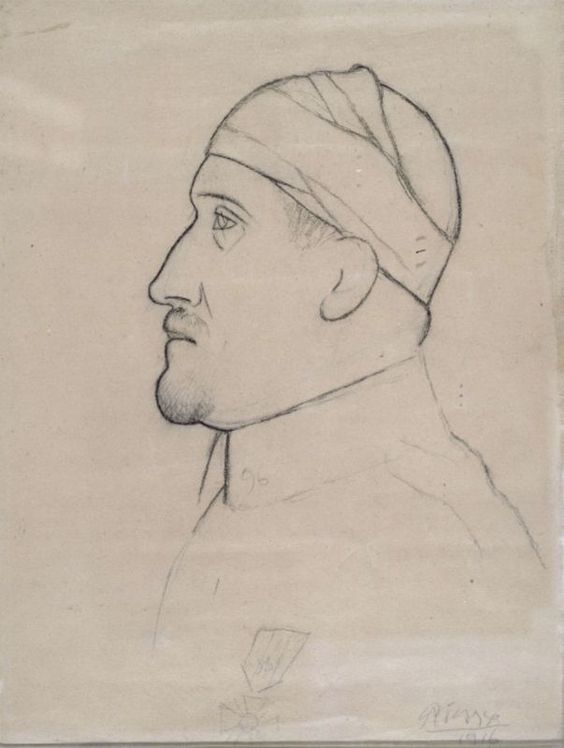
“
'발견한 오브제'는 본디 속한 맥락에서 벗어나게 된 것이고,
새로운 맥락에 놓였을 때 묘한, 때로 파워풀한 존재감을 갖게 된다.
2011년 런던에서 죽음에 이를 뻔한 교통 사고를 당한 후, 다른 큰 수술 외에도, 어깨 인대 파열로 어깨만 두 번의 수술을 했다. 수술로 인한 흉터가 많이 남았지만 특히 어깨 흉터 때문에 고민이 되었다. 지금은 어깨에 흉터가 있는지조차 잊었지만, 그때는 흉터가 트라우마 그 자체였다. 흉터를 지우는 것은 불가능하고, 흉터에 새로운, 의도적인 흉터(타투)를 더하면 내 보기 싫은 흉터가 새로운 차원이 될 수 있을 거라고 생각했다. 로트레아몽의 윗 문구가 어느 날 불현듯 생각 났고, 그 얼마 후 어깨에 이 문구를 새겼다. 이 문구와 관련하여, 내 머릿속에 흩어져 있던 역사적 사실들을 간추려서 연도 순으로 정리하면 이렇다.
1870 나폴레옹 3세가 프러시아와 전쟁 시작. 가난으로 파리의 호텔을 전전하던 로트레아몽이 24살의 나이로 한 호텔방에서 원인 모를 고열에 시달리다 숨지다.
1910 조르지오 디 키리코가 <시간의 에니그마>, <가을 오후의 에니그마>와 같은 일련의 그림들을 그리기 시작하다.*
*1910년 피렌체에서 조르지오 디 키리코가 그린 ‘시간의 에니그마’ 는 예술 역사상 최초의 개념 예술 작품으로 여겨질 수 있다.– 파올로 발다치
1911-12 피카소나 브라크가 첫 꼴라쥬를 만들다.*
*피카소와 브라크는 당시 의도적으로 사인을 하지 않기도 해서 누가 첫 콜라주를 만들었는지 알기 힘들다.
1913 마르셀 뒤샹이 첫 레디메이드 <자전거 바퀴> 만들고, 안티-아트라는 말도 사용하다. 기욤 아폴리네르가 디 키리코의 그림을 두고 “형이상학적”이라는 말을 사용하다.
1914 세계 제 1차 대전 발발.
1916 휴고 볼이 쥐리히에서 다다 선언을 쓰다.
1917 장 콕토가 쓰고 에릭 사티가 작곡한 발레 <퍼레이드> 파리서 초연. 피카소가 무대와 의상 디자인을 하고, 기욤 아폴리네르가 프로그램에서 “초현실주의”라는 말을 처음 썼다.
1917 필립 수포가 파리의 한 작은 책방, 수학 섹션에서 로트레아몽의 시집 <말도로르의 노래>를 발견. 같은 해, 커트 슈비터즈가 하노버에서 징집되었다가 건강상의 이유로 전역한다.
1918 기욤 아폴리네르가 11월 9일 전쟁 부상의 후유증과 스페인 독감으로 숨진다. 커트 슈비터즈가 메르쯔를 시작한다.
1920 만 레이가 <이지도르 뒤카스의 에니그마>라는 제목의 작품 제작. 이지도르 뒤카스는 로트레아몽의 본명이고 이 작품은 “재봉틀과 우산이 수술대 위에서 우연히 만나는 것처럼 아름다운”이란 문구를 구현한 것이다.
1924 앙드레 브르통이 초현실주의 선언 발표. 그때 그는 이렇게 말한다. “<말도로르의 노래>와 함께 초현실주의가 태어났다.”
로트레아몽의 이 문구가 초현실주의의 주요한 개념이 된 것은 서로 아무 연관이 없어 보이는 두 사물을 함께 놓았을 때 발생하는 시적인 힘에 대한 내용이기 때문이다. 이 방법론을 초현실주의자들은 법칙처럼 사용했다. 피카소가 먼저 시작했지만 커트 슈비터즈가 본격화시킨, 발견한 오브제, 고물을 이용한 아상블라쥬 기법은 언제나 이런 효과를 가진다고 볼 수 있다. 발견한 오브제는 본디 속한 맥락에서 벗어나게 된 것이고, 새로운 맥락에 놓였을 때 묘한, 때로 파워풀한 존재감을 갖게 된다. 고물로 버려진, 생명이 끝날 뻔한 나뭇조각, 천조각 하나가 새로운 배경, 새로운 구성 속에서 새로운 생애를 갖게 되는 것이다.

순수한 머릿속에서 자라나 완성된
그 위대한 이미지들은 도대체 어디서 비롯되었는가?
고물 한 더미, 또는 쓸어모은 거리의 쓰레기
낡은 주전자, 낡은 병들, 부서진 캔,
낡은 철물, 낡은 뼈다귀, 낡은 천쪼가리,
돈통을 지키려 발광하는 창녀들,
이제 내 사다리가 없어지고 말았으니
나는 모든 사다리가 시작하는 곳에 누워야겠다.
마음 속 낡고 더러운 고물상 안에서
—서커스 동물의 탈주(1939), 윌리엄 버틀러 예이츠
윌리엄 버틀러 예이츠의 <서커스 동물의 탈주(1939)>는 예이츠가 늙고 병들고 시적 영감이 사라진 상태의 심정을, 시작 자체에 대한 고민을 적은 시이다. 마지막 연에서 예이츠는 평생 그가 남긴 훌륭한 이미지들이 길거리 쓰레기와 버려진 고물에서 왔다고 한다. 가장 일상적이고, 남들은 쳐다보지 않는, 낡고 버려진 것들. 그곳에서 가장 위대한 시적 영감이 오는 것이다. 그의 존재를 들어올려줄 영감의 사다리는 사라졌지만, 낡고 더러운 고물로 가득찬 그의 마음 속에서, 모든 사다리가 시작하는 그곳에 그저 누워야겠다는 말을 남긴다. 이 시를 쓴 얼마 후 예이츠는 73세의 나이로 세상을 떠났다.

It was Kurt Schwitters that I was writing about in New York before everything stopped. When the pandemic hit in March, 2020, I was working on a book, Clumsy: The Art of Letting Go of the Hand in Art & Craft, collecting and taking notes on related materials, starting to write. Kurt Schwitters was also very much related to the work of Greg Colson, an artist who I was planning to show in New York then. Schwitters is, in fact, one of the artists I have looked at since I was young. He had always been in the back of my head, but I had never written about him until then. I downloaded his sound poem “Ursonate” from iTunes, listened to his nonsensical sound and looked at the photos of him making funny faces; I was entering his world. And everything got messed up.
In August, a year and a half later, I went to the Philadelphia Museum of Art and saw Schwitters’ Merz Construction. He was never an official member of Dada, but he was essentially a Dada artist and hung out with them. World War I broke out in 1914, and in ’17 he was drafted. As someone who made neo-impressionist paintings, he then personally experienced war which instigated a major change in his work. In 1918, he said: “Everything was a mess during the war. What I learned at school was of no use, and a new concept for the world is not yet ready…everything was broken, and I had to make something new from the debris. That is Merz. It was like a revolution for me.”
“Merz” is a word that doesn’t mean much, like “Dada.” As part of the German word Kommerz, it sounds similar to terms such as “Herz” (heart) and Scherz(prank). Merz was Schwitters’ individual Dada. Using the found-objects, fragments, and junk he collected, he made collages and assemblages, and later even built a house. He created innovative works using the chaos, destruction, and fragmentation of the war as material. If the ruins left by the war could mean another beginning, Schwitters made the metaphor itself that war can present to mankind the theme of his work.
I’ve walked every street of this town,
know every crumbling curb,
old bullets’ pockmarks in the brick,
the unsifted rubbish piles where treasures
sometimes rise from the ashes.
—From <Getting Around>, Kurt Schwitters

Back in New York more than a year ago, images of dead rats on sidewalks (the rats attacked each other out of starvation) and bodies piled up in refrigerated trucks were revealed in newspapers, demonstrations continued day after day on Williamsburg Street and McCarren Park, and the storefronts were boarded up with plywood due to the riots and vandalism. It was one of the biggest crises in New York City following 9/11 in 2001 and the 2008 economic crisis, which was the worst in terms of the overall appearance of the city and the level of danger it felt. Considering the political divide and social turmoil, it practically felt like a civil war, at least a war-like situation. Unable to concentrate on anything, I started looking for documentaries and related films about World War I and II.
World War I and World War II are deeply related to the development of modern art. Come to think of it, a single phrase brought about by my own terrible “disaster” is closely related to the development of modern art by war.
“Beau comme la rencontre fortuite sur une table de dissection d’une machine à coudre et d’un parapluie.” (“beautiful as the chance meeting on a dissecting-table of a sewing-machine and an umbrella.”)
— Lautréamont, “Les Chants de Maldoror”

After a near fatal car accident in London in 2011, in addition to other major surgeries, I underwent two operations just on my shoulder due to a ruptured ligament. There were many scars left from the surgery, but I was especially not happy about the shoulder scars. Now I often forget that I even have a scar on my shoulder, but back then these scars were trauma itself. It was impossible to erase, but adding a new, deliberate scar (tattoo) to it, I thought, could take it to a new dimension. Lautréamont’s phrase above came into my mind one day, and a while later, I engraved it on my shoulder. Certain historical facts regarding this phrase scattered in my head can be summarized chronologically as below.
1870 Napoleon III begins a war with Prussia. Lautréamont, who was moving from hotel to hotel in Paris due to poverty, dies in a hotel room at the age of 24 from an unknown illness.
1910 Giorgio De Chirico begins a series of paintings such as Enigma of the Hour and Enigma of an Autumn Afternoon.*
*“The Enigma of the Hour, painted by Giorgio de Chirico in Florence in 1910, can be considered the very first conceptual artwork in the history of art.” Paolo Baldacci
1911-12 Picasso or Braque makes his first collage.*
*It is hard to know who made the first collage since they intentionally didn’t sign their works to obscure the authorship of the work.
1913 Marcel Duchamp creates his first Readymade “Bicycle Wheel” and used the term “Anti-Art”. Guillaume Apollinaire uses the term “metaphysical” in reference to De Chirico’s paintings.
1914 Outbreak of World War I.
1916 Hugo Ball writes “Dada Manifesto” in Zurich.
1917 The ballet written by Jean Cocteau and composed by Eric Satie premieres in Paris. Picasso designed the stage and costumes, and Guillaume Apollinaire first used the term “surrealism” in its program.
1917 Philippe Soupault discovers Lautréamont’s book of poetry, “Les Chants de Maldoror” in the math section of a small bookshop in Paris. In the same year, Kurt Schwitters is drafted from Hanover and then discharged for health reasons.
1918 Guillaume Apollinaire dies of a war injury and the Spanish flu on November 9. Kurt Schwitters starts Merz.
1920 Man Ray produces his work titled The Enigma of Isidore Ducasse. Isidore Ducasse is Lautréamont’s real name, and the work embodies the phrase “beautiful as a sewing machine and an umbrella accidentally meeting on the operating table.”
1924 Andre Breton announces the Surrealist Manifesto. Then he says, “Surrealism was born with ‘Les Chants de Maldoror’.
Lautréamont’s phrase has become a major concept of surrealism for it is about the poetic power that occurs when two seemingly unrelated objects are placed together. Surrealists used this methodology as if it was a rule. Assemblage technique utilizing found-objects and junk –Picasso started it first, in fact– that Kurt Schwitter aggressively pursued always had this effect. The found-objects that are removed from the original context and placed in a new one have a strange, sometimes powerful presence. Discarded as junk, a piece of wood or cloth would have a new life, in a new context and a new composition.

Those masterful images because complete
Grew in pure mind but out of what began?
A mound of refuse or the sweepings of a street,
Old kettles, old bottles, and a broken can,
Old iron, old bones, old rags, that raving slut
Who keeps the till. Now that my ladder’s gone
I must lie down where all the ladders start
In the foul rag and bone shop of the heart.
—From The Circus Animals’ Desertion (1939), William Butler Yeats
William Butler Yeats’ The Circus Animals’ Desertion (1939) is a poem that describes how he feels about getting old, his work of the past and losing poetic inspiration. In the last stanza, what Yeats basically says here is that all of the great images he left in his lifetime came from street trash and discarded junk. The most mundane, old and abandoned things that others won’t even look at—that is where the greatest poetic inspiration emerged from. The ladder of inspiration that once lifted his existence is gone, but in his mind, full of old, dirty junk, he says he should simply lie there, the place where all ladders begin. Not long after writing this poem, Yates passed away at the age of 73.
“
The found-objects are removed from the context of their nature,
and when placed in a new context, have a strange, sometimes powerful presence.
Mimi Park
Writer, Translator/
Creative Director at CLUMSY and TPNY
박상미
작가, 번역가/
클럼지, TPNY의 크리에이티브 디렉터

RELATED POSTS
